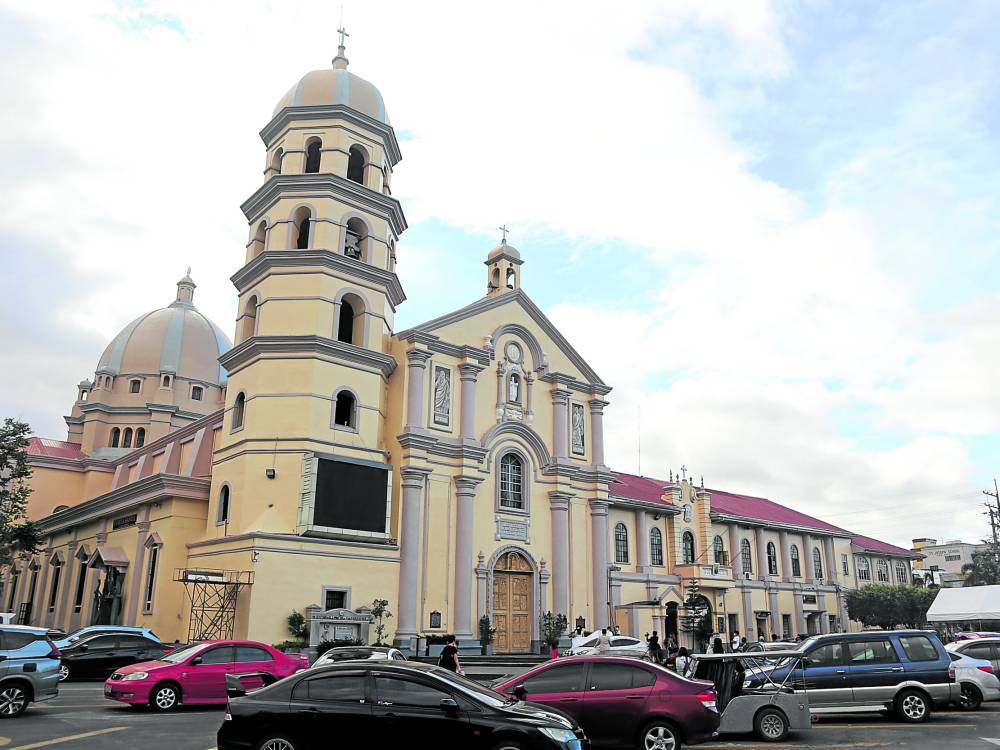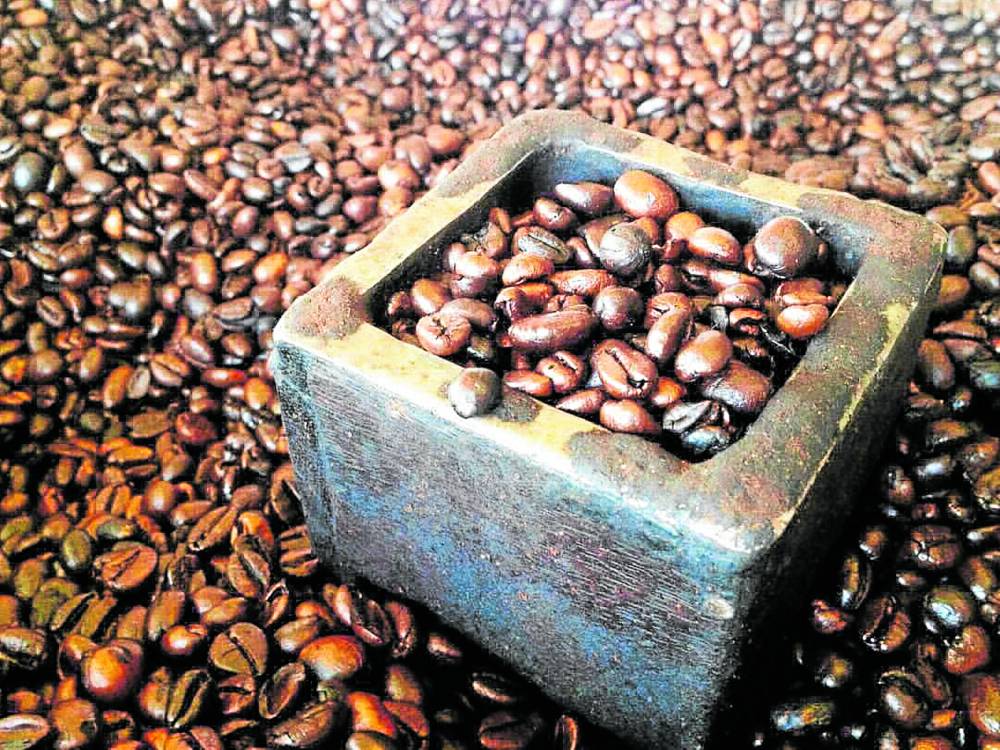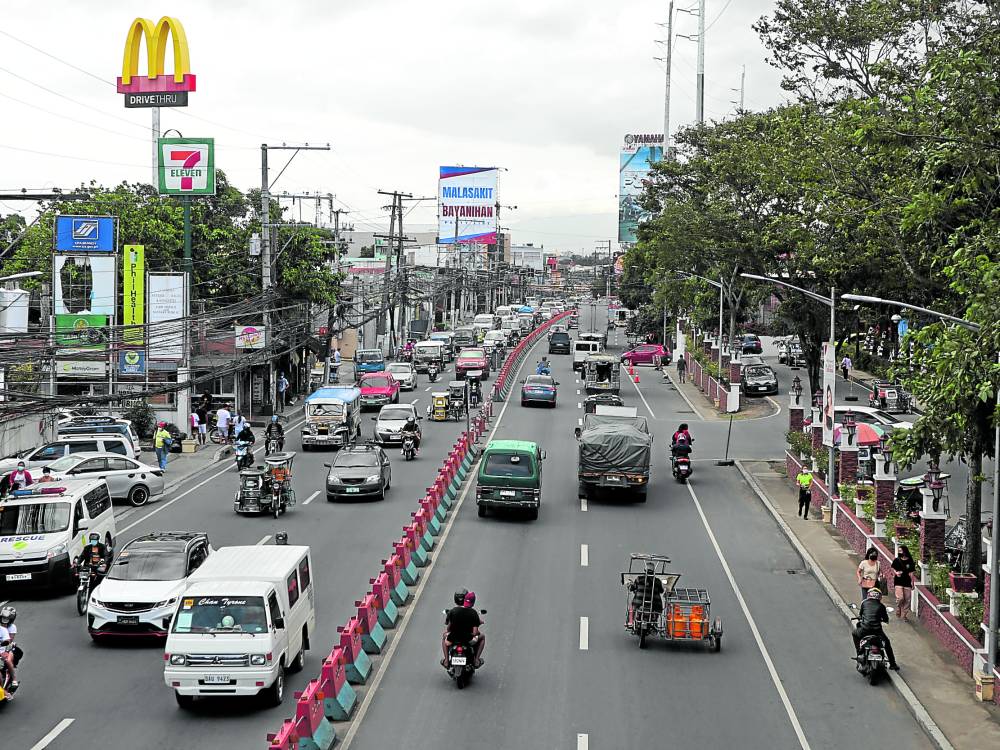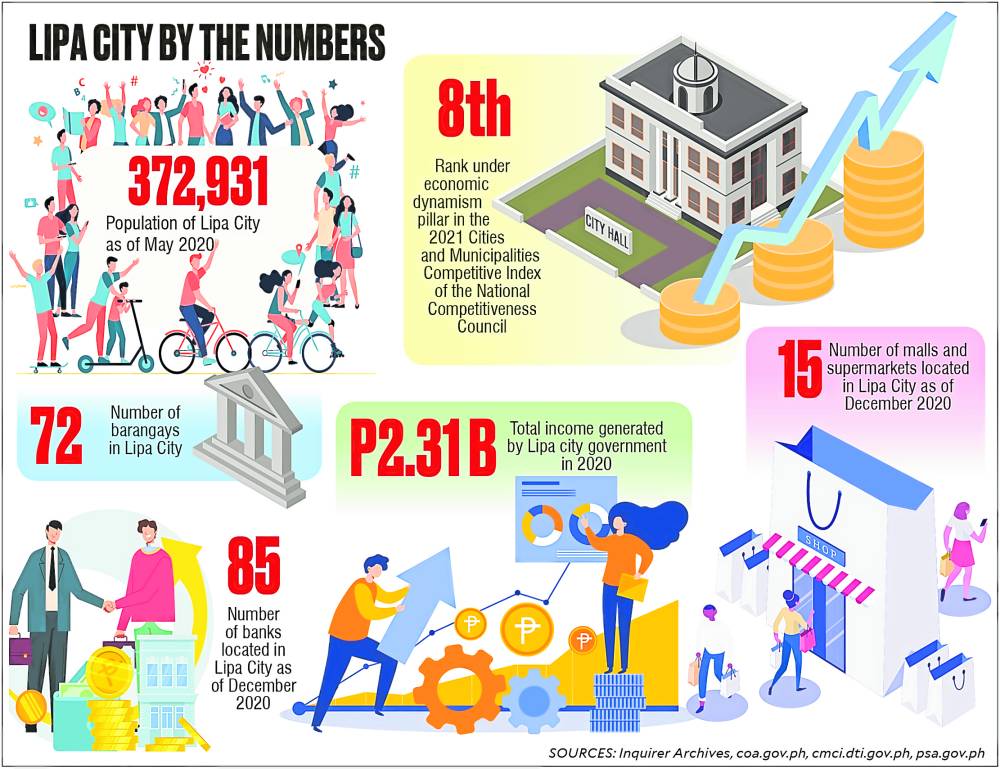Seeing beyond Lipa’s rich heritage
With its rich heritage and vibrant industries, Lipa City in Batangas offers an ideal balance between tradition and modernity.
This first class component city, located in the southwestern part of Luzon, remains home to thriving agriculture, dairy and tourism industries and pristine and lush nature landscapes. Over the last decade however, it has also seen an influx of investors setting up shop in the city’s modern manufacturing facilities and offices, which cater to an expanding outsourcing sector. Today, such a strategic location allows residents and tourists to be far enough from the busy city life, but near enough to easily access creature comforts and conveniences.
Culture and traditions
Lipa City was established on June 20, 1947, after the approval of Republic Act No. 162.History has it that the country’s first coffee tree was a Barako tree (Liberica variety), a cutting from Brazil. Given Lipa’s volcanic soil, climate and elevation, which are the perfect conditions to grow coffee, the industry had boomed, supplying at one point some 80 percent of the world’s demand. With the prosperity ushered in by the golden age of coffee, the city was once the richest in the country during the late 1800s.
Given its rich coffee culture, the city annually celebrates the Kapeng Barako Festival, also known as the Coffee Festival. Alongside this festivity are the Lomi Festival and the Lipa City Fiesta in honor of the city’s patron saint, San Sebastian. After all, the city is also famous for its decadent food scene, which boasts a wide array of Batangas delicacies including lomi and goto.
Despite living in a busy and urbanized city, the people of Lipa continue to practice and uphold Filipino core values and traditions.
Article continues after this advertisementIn particular, the city prides itself for the faith of Lipeños. Tagged as the Little Rome of the Philippines, Lipa is home to several religious congregations, Catholic churches, seminaries, and retreat houses. The city is also the site of the Marian apparitions in 1948.
Article continues after this advertisementIn fact, its most prominent tourist attraction is the Metropolitan Cathedral of San Sebastian, which holds years of history. The cathedral is a Renaissance church and serves as the seat of the Archdiocese of Lipa. Other popular attractions include Our Lady of Mt. Carmel Church.
Business-friendly atmosphere
As Lipa shifts from being a highly agricultural city towards progress and urbanization, the city has begun attracting investors. In fact, it is hailed as one of the ”next wave cities” for the IT and BPO sector, which means it’s an ideal location for outsourcing companies to expand outside Metro Manila. It is also touted as one of the cyber growth corridors of the country, offering a skilled talent pool as well as a conducive business climate for IT-BPO sector.
Due to its favorable location, Lipa City also serves as the financial and commercial center of the region. This is evident in its growing number of financial institutions, particularly banks in the city., which in turn shows its thriving business environment.
Lipa also has its fair share of hospitals, shopping malls, educational institutions and other establishments.
Over the past decade, Lipa has also been attracting national developers to build masterplanned communities here. An added appeal for them is the city’s cool climate given its elevation of 1,025 ft above sea level. Lipa is also located between Mount Malarayat and Mount Makulot, which both serve as protection from typhoons and have even shielded the city when the Taal Volcano erupted.
Sources: Inquirer Archives, Coa.gov.ph, Cmci.dti.gov.ph, Psa.gov.ph



